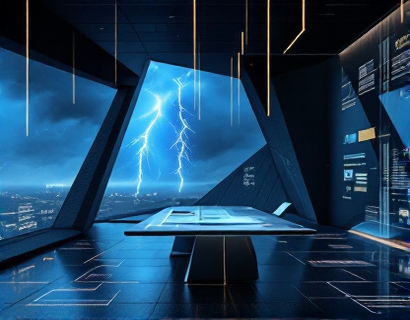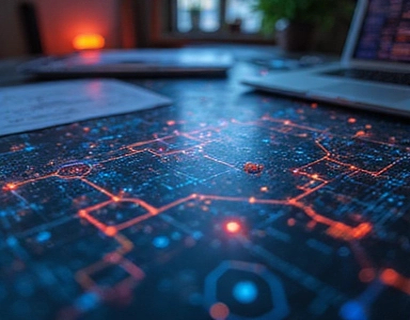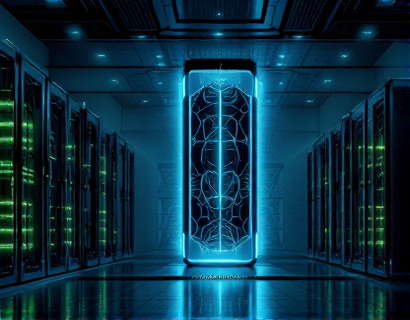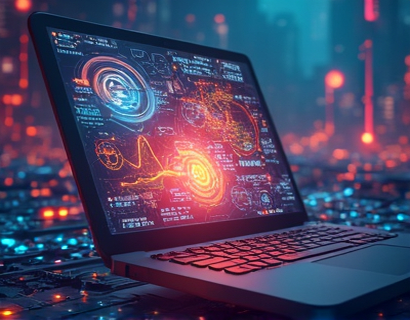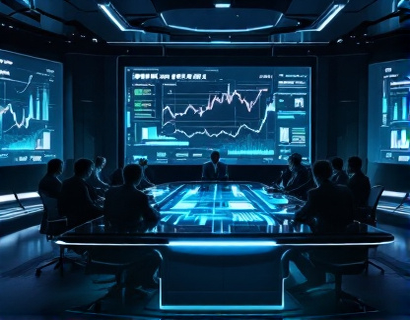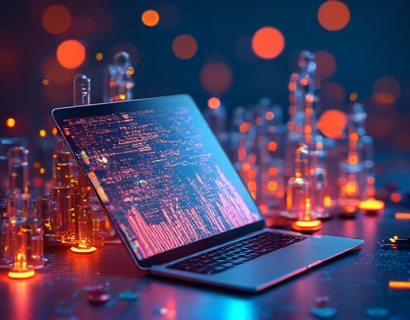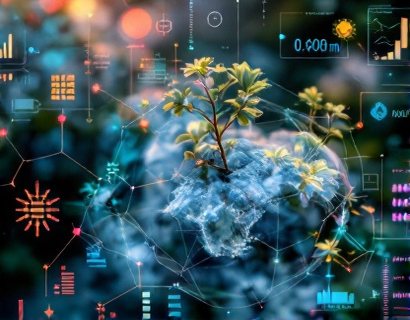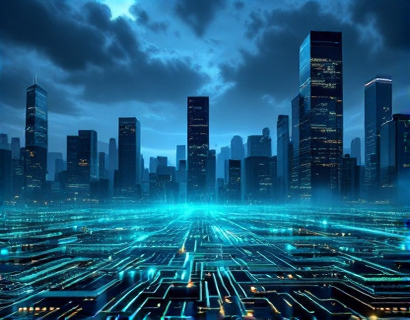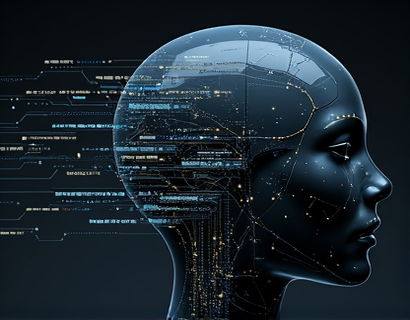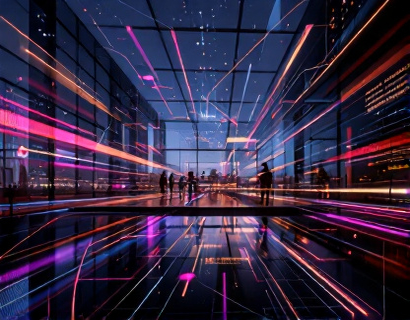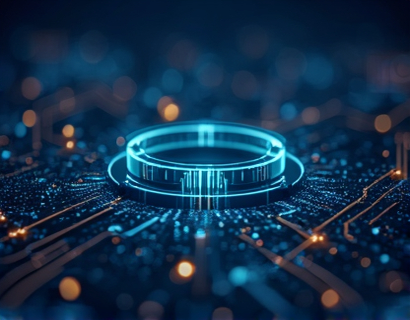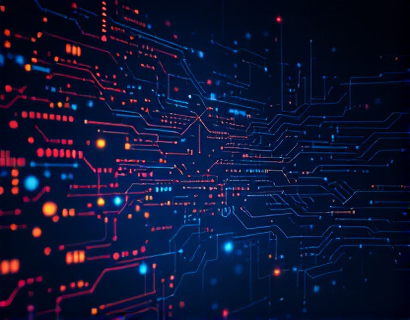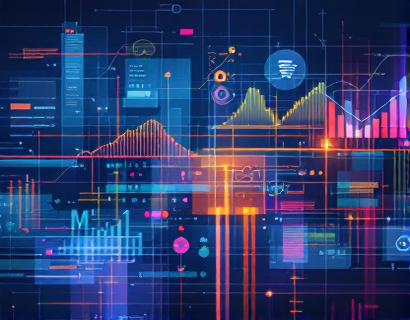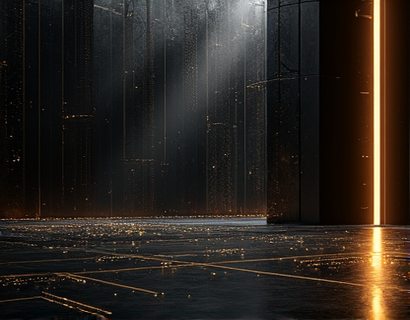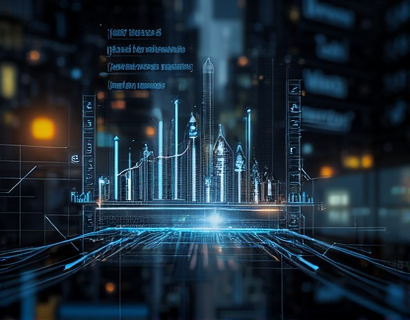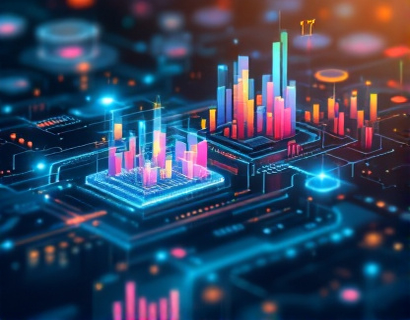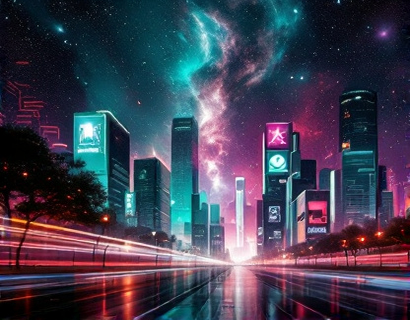Unlocking the Future of Digital Ownership: Innovative NFT Solutions for Creators and Collectors in the Evolving Digital Landscape
The digital age has ushered in a new era of creativity and ownership, particularly with the advent of Non-Fungible Tokens (NFTs). These unique digital assets are redefining how creators and collectors interact, trade, and own digital content. This article delves into the innovative NFT solutions that are transforming the digital landscape, offering a comprehensive look at the opportunities and challenges in this rapidly evolving space.
The Rise of NFTs and Digital Ownership
NFTs have emerged as a groundbreaking technology, providing a way to authenticate and verify the ownership of digital assets. Unlike traditional digital files which can be easily replicated, NFTs are unique and indivisible, ensuring that each token represents a singular item. This has profound implications for creators who can now monetize their digital work in ways previously unimaginable.
The concept of digital ownership is evolving, moving beyond physical items to include art, music, collectibles, and even virtual real estate. NFTs enable creators to establish a direct connection with their audience, bypassing intermediaries and retaining control over their work. This shift not only empowers creators but also enriches the digital experience for collectors who can own and showcase unique digital pieces.
Innovative NFT Platforms for Creators
For creators, the ability to craft and manage digital assets is crucial. Innovative NFT platforms are designed to provide an intuitive and user-friendly environment where artists, musicians, and other creators can easily upload, manage, and monetize their work. These platforms often feature robust tools for creating NFTs, customizing metadata, and setting sale conditions.
One of the key advantages of these platforms is the community aspect. Creators can connect with fellow artists, share insights, and collaborate on projects. This community-driven approach fosters innovation and helps creators stay ahead in the competitive digital market.
Tools for Crafting NFTs
Modern NFT platforms offer a variety of tools to help creators craft their digital assets. These tools range from simple upload interfaces to advanced customization options. For instance, creators can add unique properties to their NFTs, such as interactive elements or augmented reality experiences, enhancing the value and appeal of their work.
Metadata plays a crucial role in NFT creation. Creators can include detailed descriptions, images, and links to external content, providing context and enriching the overall experience for collectors. This level of customization ensures that each NFT is not just a token but a rich, multifaceted piece of digital art.
Monetization Strategies
Monetizing digital work through NFTs involves several strategies. Creators can choose to sell their NFTs directly to collectors at a set price or through auction formats. Some platforms also offer subscription models where collectors can support creators ongoingly.
Another innovative approach is the use of royalties. When an NFT changes hands, a pre-set percentage of the sale price can automatically go back to the original creator. This ensures that artists continue to benefit from the value their work generates over time.
NFT Marketplaces and Collectors
For collectors, NFT marketplaces provide a vibrant ecosystem to discover, purchase, and own unique digital assets. These platforms offer a wide range of items, from digital art and music to virtual real estate and exclusive experiences. The decentralized nature of NFT marketplaces means that collectors have more control and transparency in their transactions.
One of the most appealing aspects of NFT collectors is the ability to own and display rare digital items. Unlike physical collectibles, digital assets can be easily shared and appreciated by others without losing their value or integrity. This democratizes access to high-end digital art and collectibles, making it more inclusive.
Discovering Unique NFTs
NFT marketplaces are curated to showcase high-quality and unique digital assets. Collectors can browse through various categories and filters to find items that align with their interests. Many platforms also feature artist spotlights and trending collections, helping collectors discover emerging talent and rare finds.
Interactive features, such as community reviews and ratings, add another layer of trust and authenticity. Collectors can read feedback from other buyers and view the ownership history of an NFT, ensuring they are making informed purchases.
Building a Collection
Building an NFT collection is akin to curating a personal museum of digital art. Collectors can create albums, organize their assets, and even display them in virtual galleries. Some platforms offer advanced organizational tools, allowing collectors to categorize and tag their items for easy reference.
Engagement with the community is also a significant part of the collecting experience. Collectors can participate in forums, attend virtual events, and connect with other enthusiasts. This community support enhances the overall value of owning NFTs, turning it into a social and cultural activity.
Challenges and Considerations
While the potential of NFTs is vast, there are several challenges and considerations that creators and collectors must navigate. One of the primary concerns is the environmental impact of blockchain technology, particularly Proof of Work (PoW) systems used by some blockchains. The high energy consumption associated with mining can be a significant drawback.
To address this, many platforms are shifting towards more sustainable blockchain solutions, such as Proof of Stake (PoS) or environmentally friendly alternatives. Additionally, the volatility of cryptocurrency markets can affect the value and liquidity of NFTs, making it essential for creators and collectors to stay informed and adaptable.
Security and Authenticity
Security is a critical aspect of the NFT ecosystem. Ensuring the safe storage and transfer of digital assets requires robust security measures, such as hardware wallets and multi-factor authentication. Creators and collectors must be vigilant to protect their digital properties from theft or fraud.
Authenticity is another key concern. While NFTs provide a level of verification, the decentralized nature of the blockchain means that fraudulent NFTs can still emerge. Platforms are implementing stricter vetting processes and collaboration with trusted entities to maintain the integrity of the market.
The Future of Digital Ownership
The future of digital ownership is promising, with ongoing innovations set to enhance the NFT experience. One area of focus is the integration of NFTs with other technologies, such as virtual reality (VR) and augmented reality (AR). These immersive experiences can transform how digital assets are created, displayed, and interacted with.
Interoperability is another key trend. As different blockchain platforms and ecosystems begin to work together, creators and collectors will have more flexibility in managing and utilizing their NFTs across various environments. This seamless integration can lead to a more unified and accessible digital asset market.
Expanding Use Cases
The applications of NFTs extend beyond art and collectibles. In the realm of gaming, NFTs can represent unique in-game items or characters, providing players with true ownership and value. In the educational sector, NFTs can serve as certificates of achievement or unique learning materials.
Real estate is another area where NFTs are making waves. Virtual properties and land can be bought, sold, and traded, opening up new possibilities for digital real estate investment. These innovative use cases demonstrate the versatility and potential of NFT technology.
Conclusion
The landscape of digital ownership is rapidly evolving, thanks to the power of NFTs. For creators, these tokens offer new ways to monetize and share their work, while collectors gain access to a unique and dynamic market. As the technology matures and more platforms emerge, the opportunities for innovation and engagement will continue to grow.
Embracing the NFT ecosystem means staying informed, adaptable, and open to new possibilities. Whether you are a creator looking to showcase your work or a collector seeking to build a distinctive collection, the future of digital ownership is bright and full of potential.



